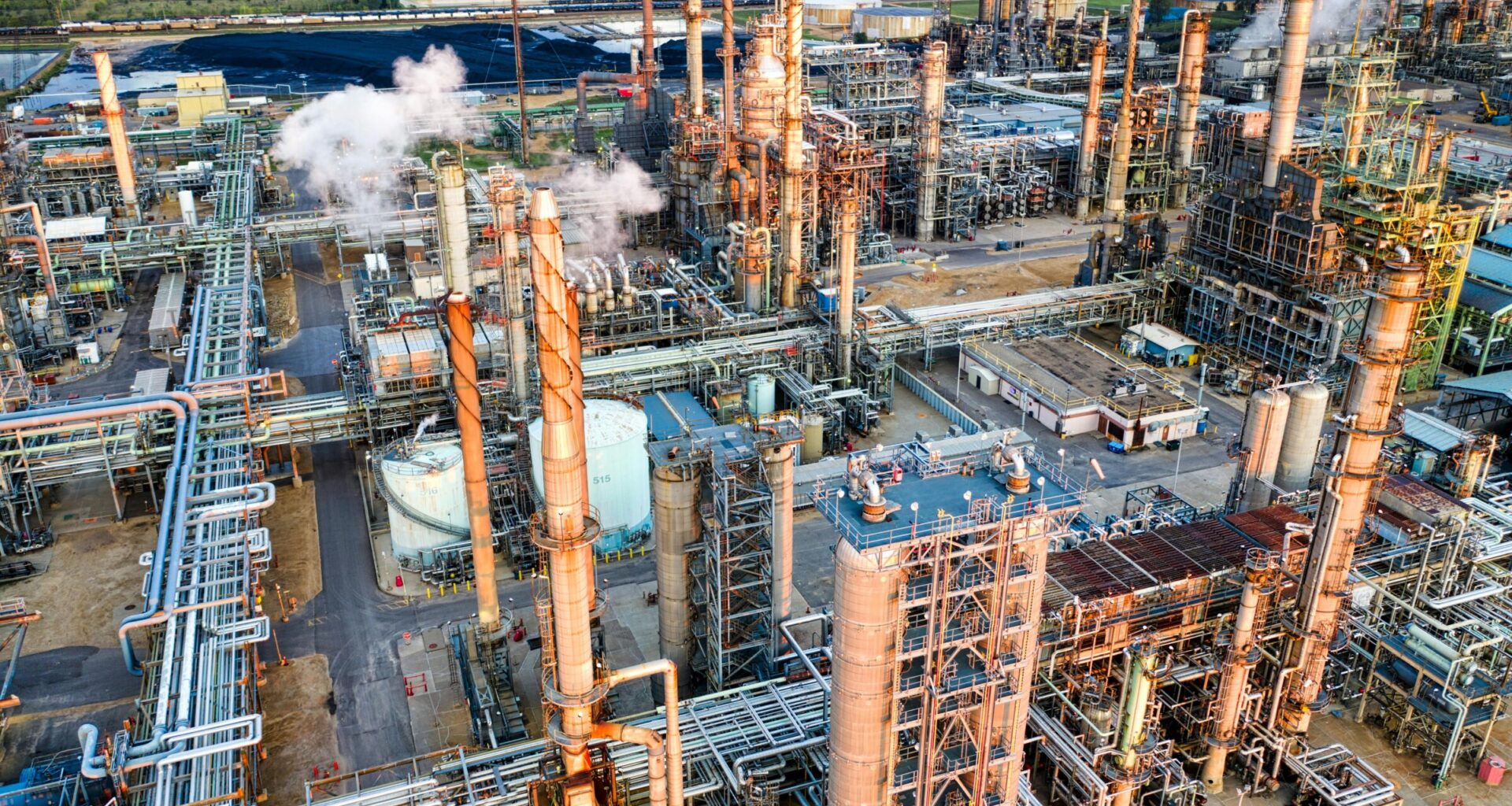First, to put this in perspective, note that fully 50 percent of California’s raw energy inputs still rely on petroleum. We can debate the virtues and detriments of fossil fuel all we like, but we can’t change this math. Californians need petroleum products, and at the same time, our state legislature has systematically attempted to destroy the industry.
The supposed breakthrough represented by SB 237 is that it will restart permitting for drilling. It directs CalGEM (California’s Geologic Energy Management Division) to issue up to 2,000 drilling permits. This volume of permitting is necessary to sustain production, but under pressure from state agencies and regulators, the volume of drilling permits has steadily dropped; only 74 were granted in 2024.
As a result, California’s in-state oil production has dropped from a high of 402 million barrels in 1986, to only 118 million barrels in 2024. But consumption has not fallen nearly as fast. In 1986 California consumed 676 million barrels of oil, and that total has only declined to 511 million barrels in 2024. We now import 77 percent of our petroleum.
The inadequacies with SB 237 are many. To begin with, it only directs CalGEM to issue a higher volume of permits in Kern County. This leaves areas of the state with high value fields completely cut off, including Los Angeles, Ventura, and Santa Barbara counties. Even if Kern County drillers were reactivated overnight under ideal conditions, they could not produce enough oil to replace what’s being lost as existing wells everywhere else are being forced to shut down, or are naturally depleted and deactivated.
Moreover, SB 237 does not allow for fracking, and most of the oil wells in Kern County require fracking. California’s regulators do not acknowledge that, in contrast to Texas, fracking in California is done in relatively soft soil and at shallower depths. This means it requires far less energy and far less water, and has a far more localized impact. Fracking in California is responsible and safe, but CalGEM is keeping it out of bounds.
Compounding the problems with SB 237 is the fact that it does not override SB 1137 which puts boundaries on oil fields. SB 1137, currently in litigation, restricts drilling to areas that are at least 3,200 feet away from any inhabited structure. Unless SB 1137 is overturned, it will further limit how much oil can be extracted in Kern County, or anywhere else in California.
The next link in California’s endangered oil supply chain are the major north/south pipelines that carry oil from California’s wells to California’s refineries. As it is, thanks to the steady decline in production, the major pipelines moving oil in California are flowing at rates that are almost too low to be sustained. The pipelines cannot operate if the flow of oil is much below 25 percent of their capacity, and right now they are approaching that tipping point. The pipelines also have to charge far more per barrel when they’re so underutilized, since their fixed costs don’t change.
Less oil. No way to move the oil to refineries. And then there are the refineries themselves. Operators are justifiably asking why they should stay active in a state that regulates their profits, micromanages their storage and distribution, and imposes environmental regulations far in excess of any other state or nation. As it is, two major refineries, Valero in Northern California, and Phillips 66 in Southern California, have both announced they will cease operations. When this happens, California’s refineries will not have the capacity to supply the state’s current demand for gasoline and diesel fuel.
What Californians need is a practical approach to energy policy, one that includes a long overdue acknowledgment of facts that contradict the incessant, rote demonization of fossil fuel. For example, natural seepage of oil in Los Angeles and Santa Barbara counties releases into our air and water more oil, methane, and volatile organic compounds than the drilling itself. In fact, capped wells often release more gaseous pollution than active wells, and even with extremely expensive attempts to prevent that on a carefully capped well, the pressure that naturally builds under the cap means that gas inevitably escapes. The City of Los Angeles could improve its air quality if it resumed drilling.
Someone closely following California’s oil industry told me “there is a reasonable chance SB 237 hasn’t done anything at all. It’s all just show.”
Supporting California’s oil and gas industry while committing to alternative fuel technologies as soon as they become competitive are not incompatible sentiments. And trying to kill an industry that still accounts for 50 percent of California’s total energy consumption is suicide.
Governor Newsom and the state legislature need to seriously confront the problems their governance has sown before these problems explode into an energy crisis that will make 1973 look like a picnic. SB 237 is a very, very small step in the right direction at most. More likely, it is merely a gesture.
